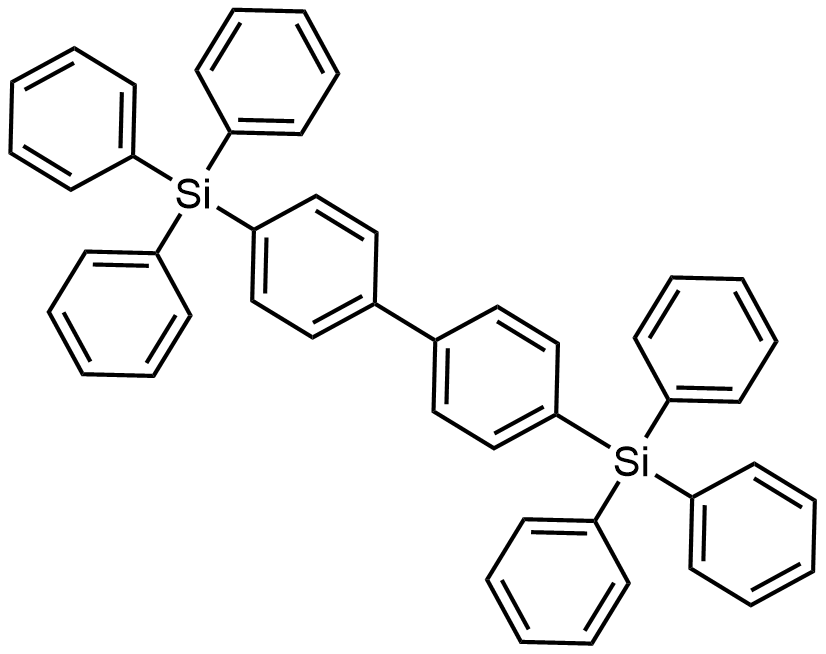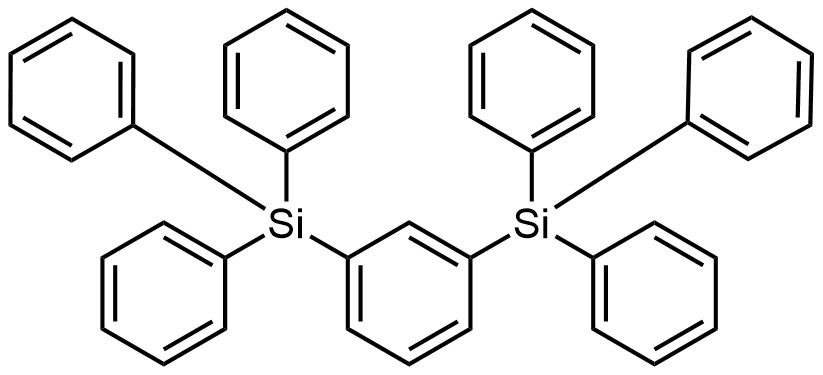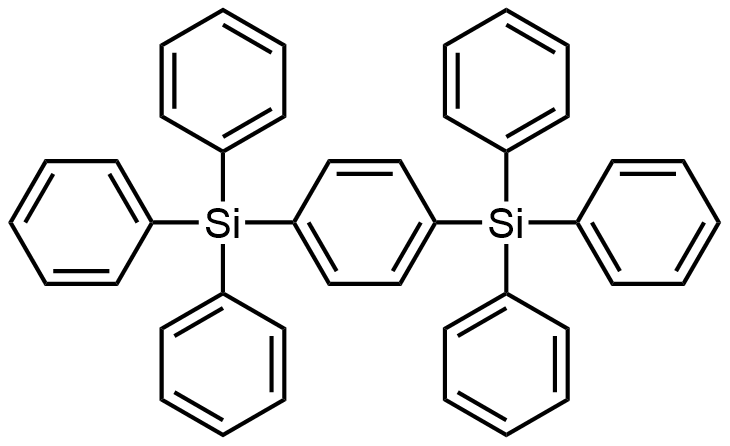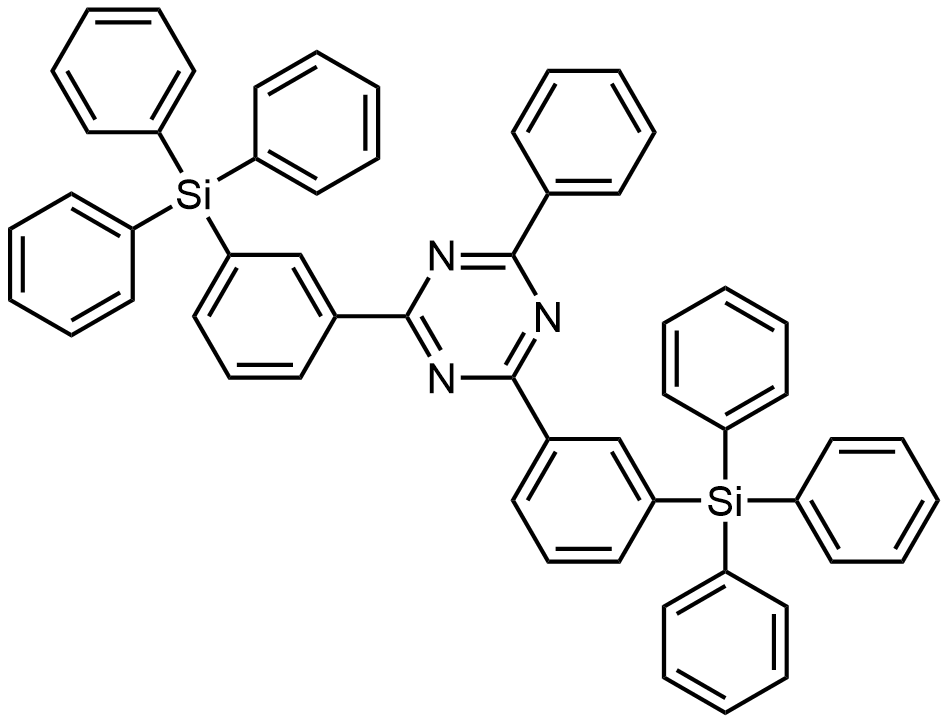Electron Transport Layer (ETL) and Hole Blocking Layer (HBL) in OLEDs: Enhancing Display and Lighting Technologies
In the realm of Organic Light-Emitting Diode (OLED) technology, the Electron Transport Layer (ETL) and Hole Blocking Layer (HBL) are critical components that define the performance and efficiency of OLED devices. These layers, integral to the transport layer materials of OLEDs, play essential roles in managing charge flow and enhancing the overall functionality of the devices.
The Science of ETL and HBL in OLEDs
The ETL facilitates the movement of electrons towards the emissive layer, while minimizing the backward flow of holes, thereby enhancing electron injection and transport efficiency. The HBL, on the other hand, is strategically positioned to prevent holes from moving into the electron-dominant regions, ensuring efficient electroluminescence. The materials used in ETL and HBL are chosen for their electrical properties, energy level alignment, and compatibility with adjacent layers, contributing to the optimal operation and durability of OLEDs.
Advantages of Utilizing ETL and HBL in OLED Industry
Improved Device Efficiency: ETL and HBL materials are instrumental in reducing power consumption and increasing the luminous efficiency of OLED displays.
Enhanced Device Stability: These layers contribute significantly to the longevity of OLED devices by promoting balanced charge transport and reducing degradation.
Superior Display Quality: By optimizing electron and hole transport, ETL and HBL enhance the uniformity and brightness of the light emitted, leading to higher-quality OLED displays.
Industry Applications of ETL and HBL
ETL and HBL technologies find applications in a wide array of OLED-based products, including high-definition TVs, smartphones, digital signage, and innovative lighting solutions. Their effectiveness in improving the performance and durability of OLED panels makes them indispensable in consumer electronics and commercial display manufacturing. They also play a pivotal role in the development of next-generation OLED applications where efficiency, longevity, and visual quality are key considerations.
In summary, the integration of Electron Transport Layer (ETL) and Hole Blocking Layer (HBL) materials is a significant innovation in OLED technology. These transport layer materials are essential in enhancing the performance, efficiency, and stability of OLED devices. High-quality materials for ETL and HBL, such as those provided by Noctiluca, are crucial for producing superior OLED displays and lighting solutions. The application of these materials not only optimizes device functionality but also broadens the spectrum of OLED applications across various industries, cementing their importance in the evolution of OLED technology.
Noctiluca: A Forefront Leader as an OLED Materials Supplier
As a leading OLED material supplier, Noctiluca plays a crucial role in shaping the OLED materials market with its advanced offerings. Recognized among the top OLED material suppliers, our dedication to innovation and quality ensures that we meet the diverse needs of this dynamic industry. Serving as a key OLED materials supplier, we pride ourselves on delivering high-performance materials that drive the future of OLED technology.
Key ETL and HBL Materials Offered by Noctiluca
Noctiluca offers a comprehensive range of materials for Electron Transport Layers and Hole Blocking Layers in OLEDs, each designed to maximize device performance:
Key ETL and HBL Materials Offered by Noctiluca:
- mSiTrz (2252416-90-1): Recognized for its superior electron-transporting properties, mSiTrz enhances the efficiency and performance of OLED devices, making it an ideal choice for ETL applications.
- UGH2 (40491-34-7; 18856-08-1): This material aids in effective electron injection, significantly contributing to improved performance and quality in OLED displays, especially in terms of brightness and contrast.
- 3N-T2T (939430-26-9): Known for its improved electron injection efficiency, 3N-T2T is crucial for high-brightness OLED applications, enhancing the visual impact of the display.
- 3P-T2T (352196-01-1): Similar to 3N-T2T, 3P-T2T offers enhanced electron injection efficiency, playing a vital role in OLED applications that require high levels of brightness and clarity.
- T2T (1201800-83-0): T2T is renowned for its balanced charge transport and stability, making it a popular choice for both ETL and HBL in OLEDs, contributing to the overall durability and functionality of the device.
- B3PymPm (925425-96-3): Similar to T2T, B3PymPm is valued for its balanced charge transport and stability, ensuring consistent performance over the lifespan of the OLED device.
- DPEPO (808142-23-6): Distinguished by its high electron mobility, DPEPO facilitates low-power operation of OLED devices, making it an energy-efficient option for ETL applications.
- PPF (911397-27-8): Effective in enhancing electron injection and transport, PPF is widely used in various OLED structures for its reliable performance and contribution to device efficiency.
- PO-T2T (1646906-26-4): Offering unique properties for high-efficiency OLED applications, PO-T2T is instrumental in optimizing the performance and energy usage of OLED devices.
- 3TPYMB (929203-02-1): Known for its role in improving the overall performance and efficiency of OLED displays, 3TPYMB is an essential material in achieving optimal display quality and longevity.
…and many more. Explore our full list on our website.
At Noctiluca, we are capable of providing a wide array of compounds in the realm of Electron Transport Layers (ETL) and Hole Blocking Layers (HBL) for OLED applications. If the specific material you require is not listed, please do not hesitate to reach out to us for specialized assistance.
Our team is committed to offering customized solutions that meet your unique needs in the OLED industry.



